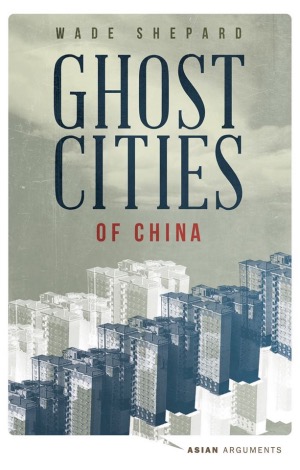Mayan Archaeology at CopanArchaeology at Copan moves at the pace of a tropical afternoon. That is to say, very slowly. Weeks of work by a crew of fifteen men and one woman amounts to only a few cubic meters of excavated earth. If one is in search for a career which has small chance of [...]
Mayan Archaeology at Copan
Archaeology at Copan moves at the pace of a tropical afternoon. That is to say, very slowly. Weeks of work by a crew of fifteen men and one woman amounts to only a few cubic meters of excavated earth. If one is in search for a career which has small chance of ever running out of work, I can fully recommend the field of archaeology- especially Mayan archaeology. I am confident that when New York City is a pile of ruins, and the heathen hoards have conquered and burned the civilized world, archaeologist will still be hard at work excavating the mysteries of the Maya. There will always be work for the archaeologist, and time only adds to the amount of research that has to be done.
I am now standing at the edge of the Copan site looking out at endless fields of un-excavated mounds – which are the buried remnants of this great city. Miles of archaeological ruins stretch out to the horizon of mountains beyond. Archaeological excavations have been going on at Copan for over a century, but the area that has been covered in this time is laughably small portion of what is still buried in the earth – buried in time. It would take the lifetime of a thousand archaeologists working 24 hours a day to even come close to excavating a minor portion of this site. Copan is a city – it stretches up into the mountains and beyond.
This ancient city of Copan has stories. Layer upon layer of human existence going back for hundreds, nay thousands of years. Like their pyramids, the Mayan culture was built upon the backs of its own history, until it became so heavy that it could only collapse.
Then the people ran back to the forests, ran to the northern cities, ran from the empire. Yes, it was a good run at civilization, but, as a famous archaeologist once said about the downfall of the Maya, “ruling powers have no natural defenses against those who simply walk away.”
I detect a certain amount of mania within the makeup of Mayan culture. They built and built, fought and fought, ever expanding the realm of control of their cities. The Maya did not live in an empire, but rather in individual city-states which continuously kept up on-going feuds with other cities. One king would topple another just to be toppled. Allies turned into enemies and back into allies. On and on and on, the story of the civilized human shown in microcosm.
This continued on for many generations, as the ancient Maya continued to alternately build and destroy their own kingdoms. Soon they depleted their natural resources. War, great cities, and feeding ever growing populations reek peril upon natural ecosystems in a way that was no different than today. The Maya were active, they built, destroyed, and then built again. They never seemed to sit still.
Chatwin’s theorys are ringing ever truer as each day of this excavation goes on. Perhaps human restlessness does find its outlets in other expressions if one does not change their landscape, does not migrate, perhaps they change what is around them in a way that is similar to traveling. I think of spring cleaning and the autumn restorations that are common in my own culture.
I think of Santoka Taneda:
“Too much contact with people brings conflict, hatred, and attachment. To rid myself of inner conflicts and hatred, I must walk.”
I return to Chatwin’s self-directed question: “Why do I become restless after a month in a single place, unbearable after two?”
Perhaps the Maya have lessons for the wall building possession havers of today.
Well, at least a bunch of documentary making dorks think so.
Pondering, pondering, as I laugh about the fact that John L. Stephens bought Copan for fifty bucks in 1839.
Wade from Vagabond Journey.com
Copan Ruinas, Honduras
March 13, 2008
About the Author: VBJ
I am the founder and editor of Vagabond Journey. I’ve been traveling the world since 1999, through 91 countries. I am the author of the book, Ghost Cities of China and have written for The Guardian, Forbes, Bloomberg, The Diplomat, the South China Morning Post, and other publications. VBJ has written 3704 posts on Vagabond Journey. Contact the author.
VBJ is currently in: New York City
-
June 23, 2010, 5:40 am
LinkCentral america is rich in culture and history. Here in Mexico we boast of the Riviera Maya from the mayan history. adventure enthusiasts will surely have a blast
Next post: How to Turn a Plastic Bag into a Cup
Previous post: Next Move from Central America

